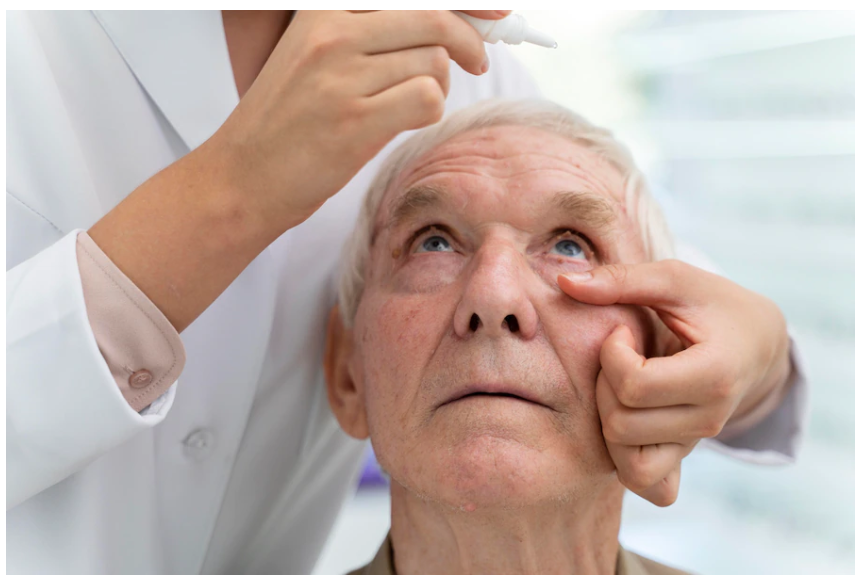A cataract is caused by the clouding of the eye’s lens due to protein build-up in your body, which may result in light sensitivity, impaired vision, or blindness. The three main cataract types include: nuclear sclerotic, cortical, and posterior subcapsular.
Let’s discuss each form and its symptoms.
1. Nuclear Sclerotic Cataract
This is the most prevalent form of cataract. Nuclear sclerosis begins at your eye’s nucleus (central zone), causing hardening and yellowing of your eye, and then gradually spreading to other parts.
Proteins in your eye’s lens break down and clump, preventing light from flowing into the retina. As you grow old, the chances of developing nuclear sclerotic cataracts are higher. Plus, smokers are at a greater risk.
Symptoms
- Cloudiness, yellowing, or browning of your eye
- Inability to focus
- Second sight
- Deteriorated vision
2. Cortical Cataract
Here’s how cortical cataracts differ from nuclear sclerotic cataracts. A cortical cataract starts at the outer edge of your eye’s lens, and as it progresses, it creates spoke-like lines that scatter light as it enters. This form of cataract develops much faster, and you can notice it in months rather than years.
Subjects are at a greater risk of developing cortical cataracts if they have diabetes. Moreover, excessive exposure to sunlight directly to your eyes might also increase the risk.
Symptoms
- Blurred and hazy vision
- Monocular diplopia which causes double vision
- Difficulties with glare from light sources
- Changes in contrast and depth perception
3. Posterior Subcapsular Cataract
Posterior subcapsular cataracts develop at the back of your eye’s lens and cause disproportionate symptoms as they focus light towards the ‘posterior’ lens. This cataract is caused by inflammation of your eyeball, aging or trauma, and develops much faster than nuclear sclerotic and cortical cataracts.
An individual is at a greater risk of developing posterior subcapsular cataracts if they have diabetes or if they have a history of steroid use, either as medication or recreationally. What’s more, if you have extreme near-sightedness or have been exposed to radiation, you may develop this form of cataract.
Symptoms
- Blurred vision
- Sensitivity and glare to bright lights
- Polyopia and diplopia
- Near-vision impairment
- Difficulties in reading and seeing at night
Diagnosis & Treatment
After reviewing your medical history, your doctor may opt to conduct several eye exams.
Treatment Includes:
- Prescription glasses or other visual aids
- Corrective cataract surgery; phacoemulsification, extracapsular cataract surgery, and intracapsular cataract surgery
- Replacement of your intraocular lens
Self-care measures, prescription glasses, or lenses might not always be enough to limit the progression of cataracts. To curb the advancement of cataracts and to avert further deterioration of your vision, you might want to consider cataract surgery.
Preventive Measures
Here’s how you can limit the concern of developing cataracts:
- Consume a diet high in antioxidants, Vitamin C, and Vitamin E
- Have regular eye check-ups
- Wear sunglasses to protect your eyes from harmful ultraviolet sun rays
- Avoid gazing directly into the sun
- Lead a healthy lifestyle
Take Action Now
Do you suspect you might have a cataract? Book an appointment with our eye doctor if you notice any sudden changes in your vision. See a doctor right away if you start experiencing issues like double vision, flashes of light, eye pain, or sudden headaches.
Get in touch with one of our eye doctors at Tayani Institute today!


